Backstage CMS
Globo.com
YEAR: 2015-2018
ROLE: INFORMATION ARCHITECT / UX DESIGNER
Backstage CMS
Globo.com
YEAR: 2015-2018
ROLE: INFORMATION ARCHITECT / UX DESIGNER

ABOUT THE PROJECT
The project started in 2015 and had the mission of changing how globo.com published its content, building a new content management system (CMS). A big team of managers, UX designers, software engineers, and developers was formed, and I was one of them.
ABOUT GLOBO.COM
Globo.com is the technology branch of Grupo Globo, the largest mass media group of Latin América. By the time I was engaged in this project, I was part of the platform team, where solutions for the whole company - especially for the main news brands: G1, GShow, and Globo Esporte - are designed.
The Challenge
The way we published and managed our content demanded high maintenance. There were three different publishing platforms (CMS) supporting three different products, and 90% of the features on these systems were identical to each other. Each of these features had to be developed 3 times, even when they had the same function. The business problem was: development process was very expensive.
To our journalists, the problem was that the platform's evolution was too slow: they requested various features, and all of them took a long time to be developed. It was easy to find journalists who preferred to create content in writing tools of the market and finishing the publication process by copying and pasting the content to Globo's platform. The user needs weren't covered.
We needed a change: improve and unify our process from development to publication.
How create CMS capable to solve business and users problems?
Learning more about publisher's process
A study comparing the old tools used by publishers showed that 90% of the features available were common between platforms, with these, we published 80% of our content.
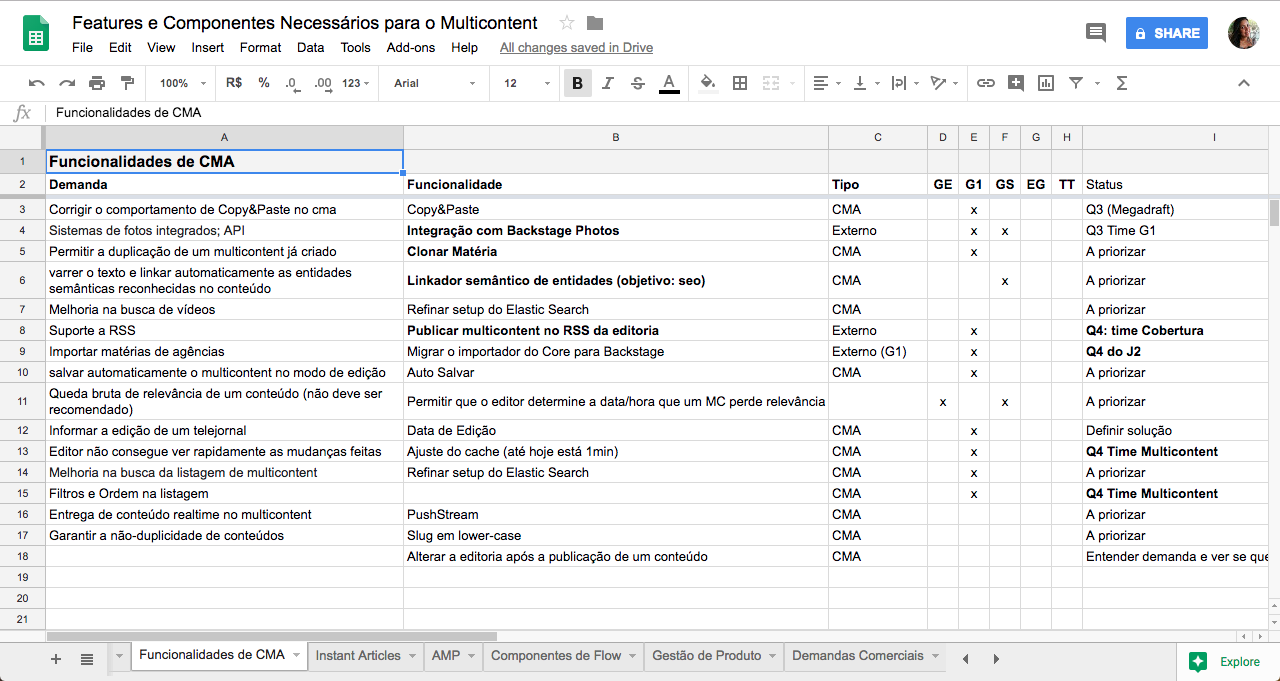
That wasn't enough to start the process to unify the CMS platforms, though. We needed to know the publishers: who they were, which tools they used, what were their demands and goals. We needed to understand the entire process, from top to bottom.
Our universe is approximately 350 publishers in three different products, using quantitative and qualitative methods we expected to identify opportunities to improve publishing process and content performance.
The research
Quantitative method:
- An online survey, 71% of publisher attended it.
- Data Analysis of the previous CMS system (google analytics and proprietary database)
- Log analysis of Globo Service (system where users reported bugs, malfunction and miss conceptions about the previous CMS) and User Voice (channel where users can give suggestions about company tools)
Qualitative method:
- 17 interviews with publishers (13 journalists and 4 managers)
- 04 different publisher offices
- 02 interviews with customer service for publishers team
Insights
- We found five different user profiles/ personas
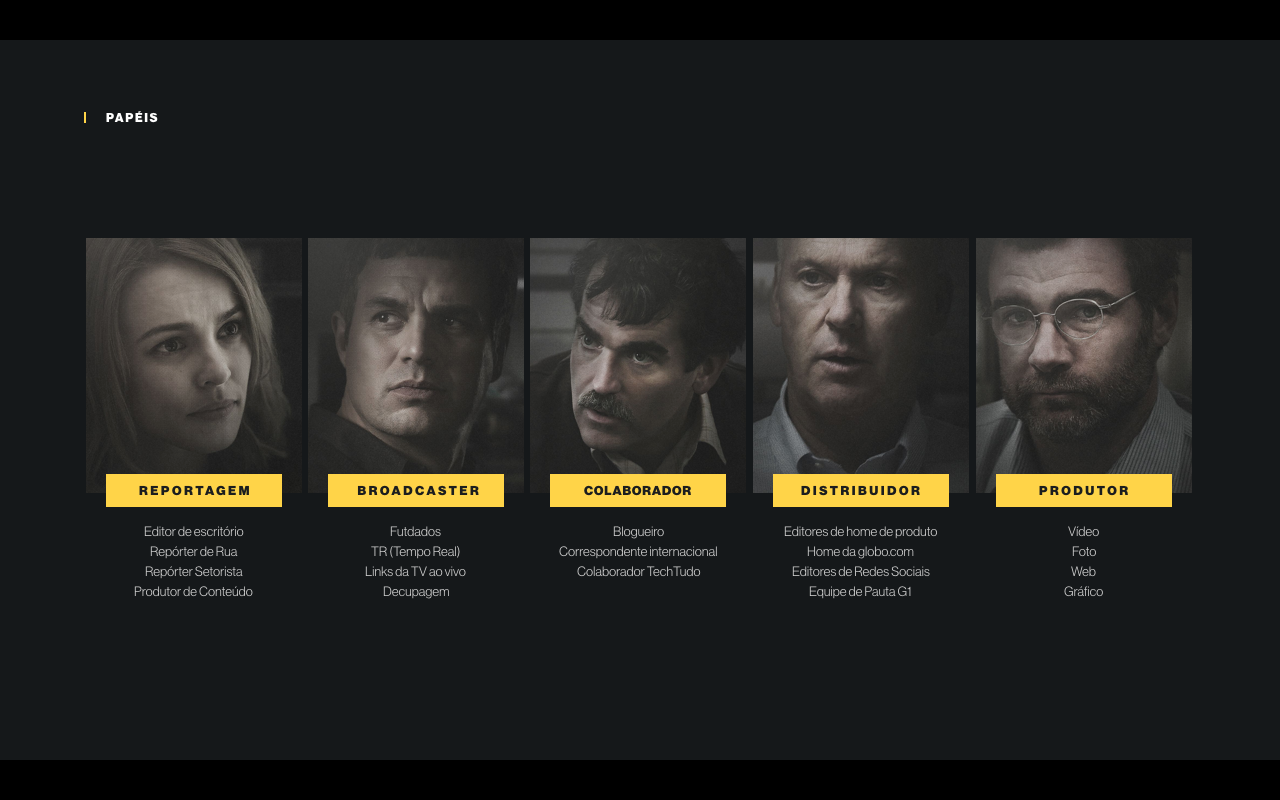
- We discovered a common workflow for all the profiles
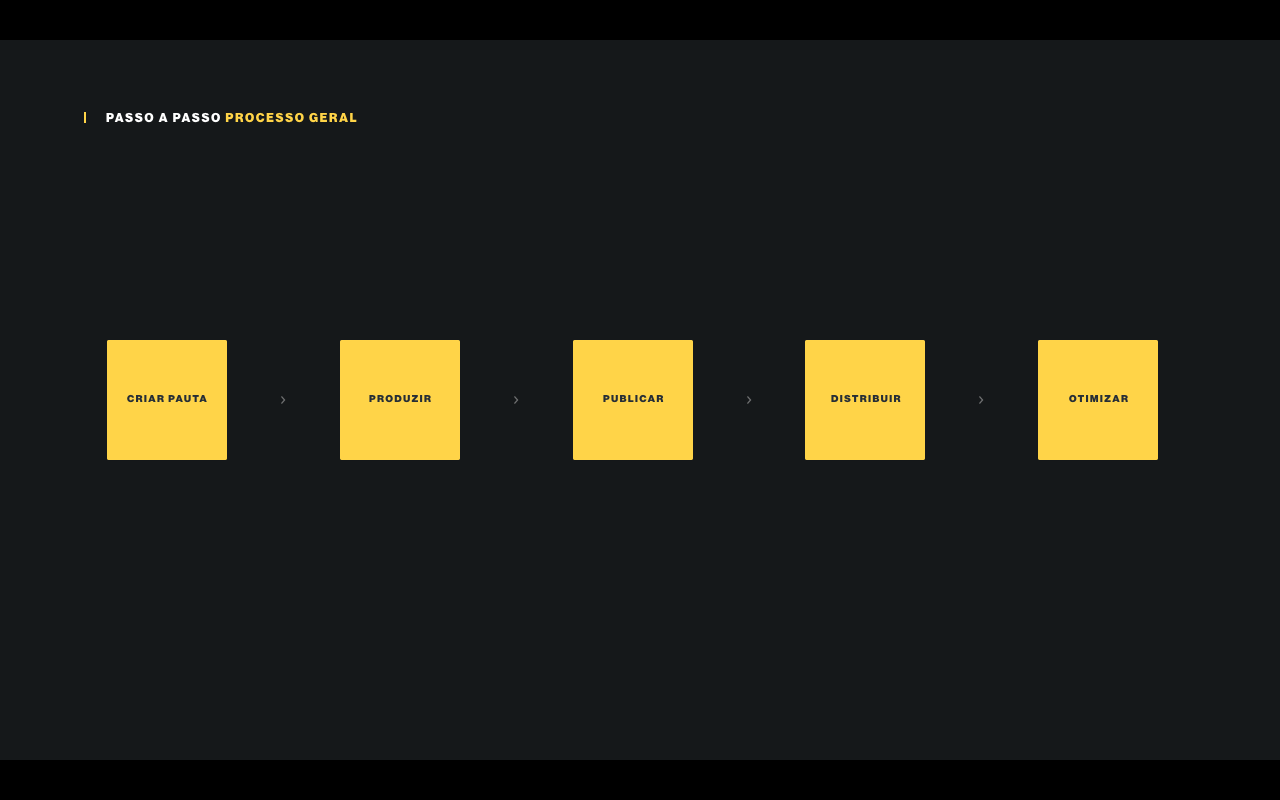
- We mapped all tasks for each profile in every step of the process

- We found our constraints
Agility in publishing - reduce redundancy and optimize the publishing process. A CMS with all data sources connected (image, video, broadcast), improved edition and navigation, and capable to publish content in different platforms/ touchpoints.
Integrated data - A system capable to communicate and interact with Globo's and third-party systems.
Performance + Content production - Management content chunks and files, and monitoring performance.
Distribution - A system capable to publish content ate Globo's domain/platforms and third-party.
Legacy management - All old accessible and connected to the new platform.
We create an efficient product
Evaluating the previous CMS we count 99 components (sum of features of all three platforms), after removing duplicities and miss-conceptions we found 12 core components. It was enough to cover 80% of publishing case scenarios.
We structured the content, create meaningful metadata, we establish content types, we create an environment capable to distribute our content in different platforms (proprietary and third-party). Besides that, we improve workflows, data (about publishers, content, and audience) and systems feedbacks. We created a smart publisher capable to help editors on every step of the way.
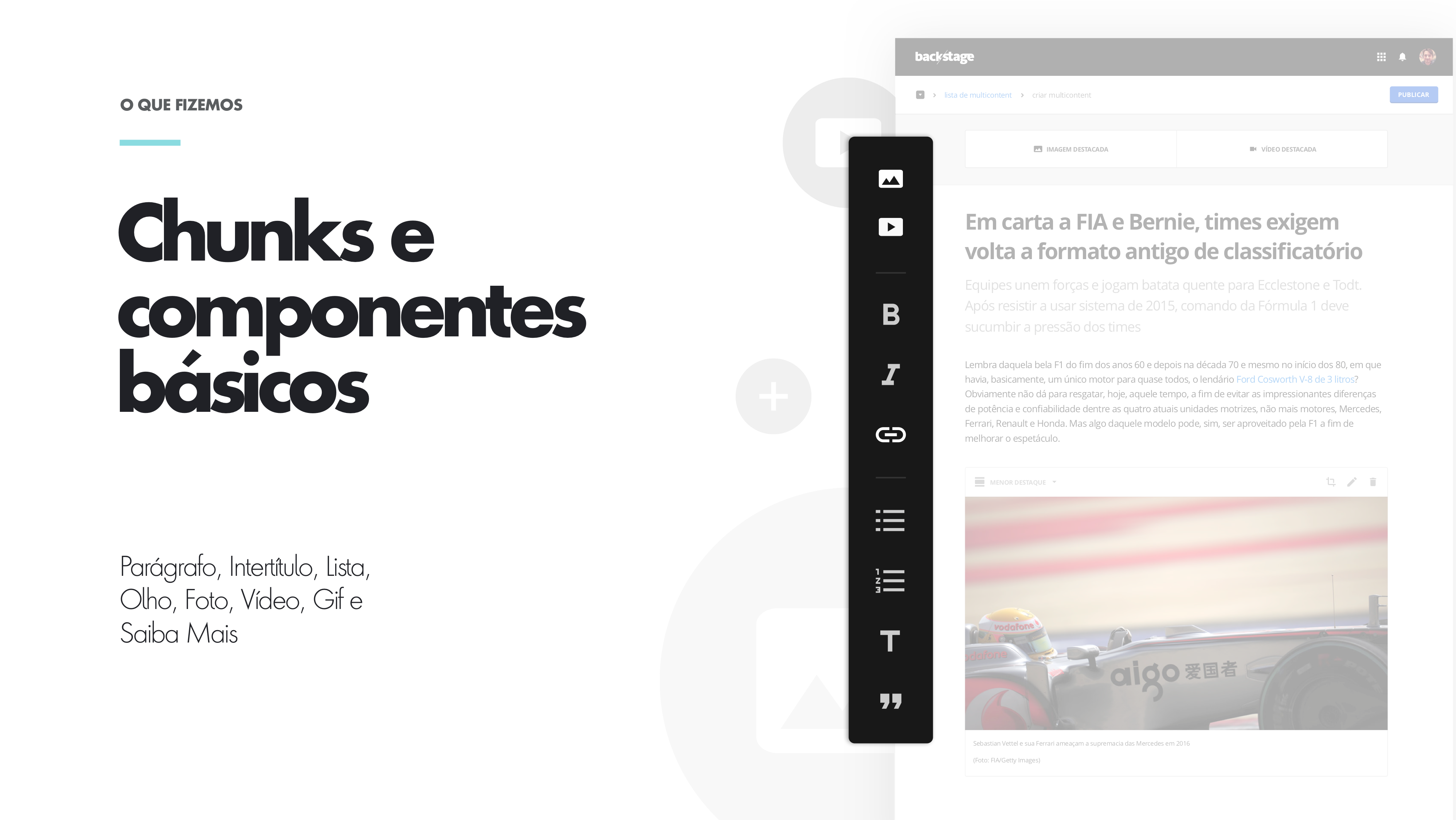

We validate our ideas
Publishers are users and partners. This partnership was super important to build a strong and functional platform. When it was released the adoption of the new platform was exceptional, people were proud to be part of the process.
We keep learning and improving
Backstage is now the main CMS at Globo.com, the expectation is the tool adoption by the entire Globo Group in the next couple of years. To go even bigger we need keep learning and improving, the progress is coming as strong metric's plan, KPI's monitoring and users feedbacks.
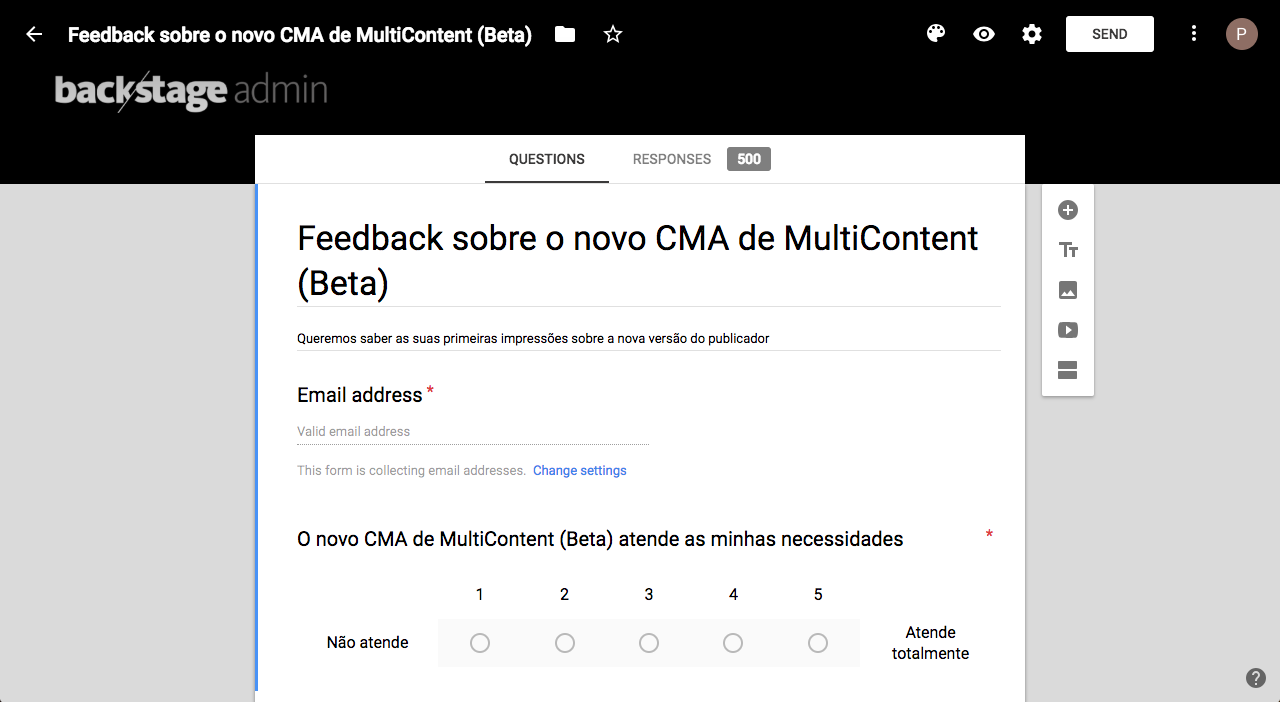
Let's talk? [email protected] • Linkedin • Twitter